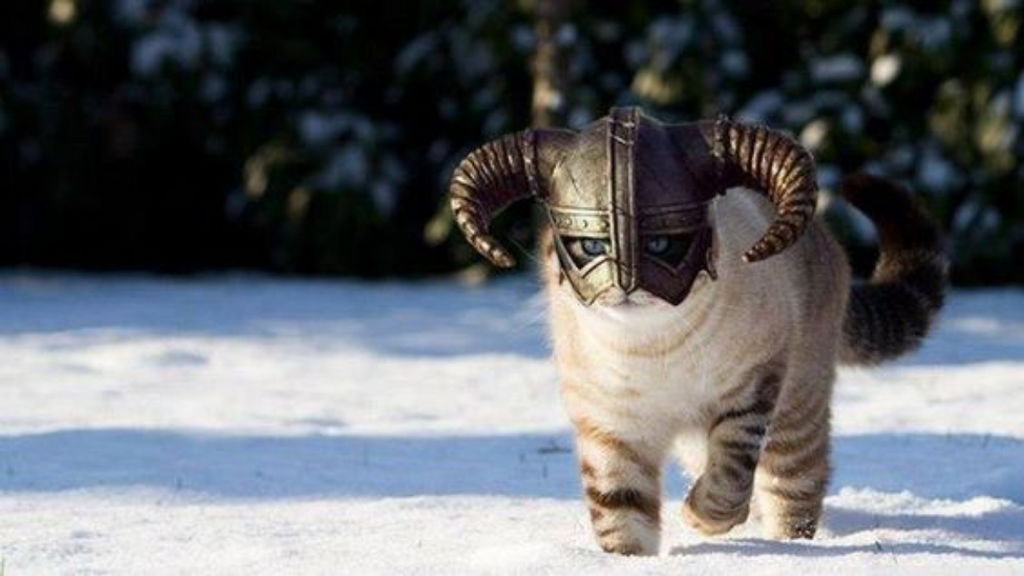Lo and Behold: The Viking Sailors Took Cats with Them
DNA research on a large scale suggested that the Vikings took their cats with them during their voyages. DNA pieces from 290 cats from 30 archaeological evidence were tested. These DNA pieces were collected throughout Europe, the Middle East, and Africa. Of course, this included DNA from Scandinavian cats.
Some researchers didn't even know about the Viking cats.
In Norse mythology, cats had a certain role. Freya, goddess of love, sex, and war, had a pair of cats pulled her chariot. The giant King Utgard-Loki had a cat that Utgard-Loki challenged Thor to lift the cat above his head. However, Thor failed to do so because the cat was actually Jormungand the Midgard Serpent.

God Freyr on his Gullibursti Boar (left) and goddess Freya and her cats (right)
These tales suggested that cats appeared in the Viking Age. And it is safe to say the Viking sailors could have brought the cats with them across the ocean.
Cats from Egypt started to spread in Europe about 3,000 years ago. They might come with the traders. Because these businessmen didn't wish their goods to be inflicted with mice and other troubles.


Viking cats were kept on voyage in order to prevent the mice from inflicting
And the Vikings could have valued their cats for the same reasons. Note that the majority of the Vikings were farmers and their life depended much on their agricultural products. But grains attracted rodents and rodents attracted cats. So it's reasonable to keep a cat inside their house. The Vikings could have developed their relationship with cats for this realistic reason.
The archaeologists also found out the Viking Borre style featuring the heads of cats. Borre style is characterised by cat-like animal heads.

Viking Borre Style
The Vikings also kept the cats with them on their voyage. Neither traders nor warriors wished to see their food storage inflicted by mice. So the cats would help them control these little rodents.
Kristian Gregersen of Natural History Museum of Denmark carried out a search on the database of archaeological evidence. He found out that cats were commonplace in the Viking Age. And towards the end of the Viking Age, the Vikings wore cat skin as a symbol of fashion.




